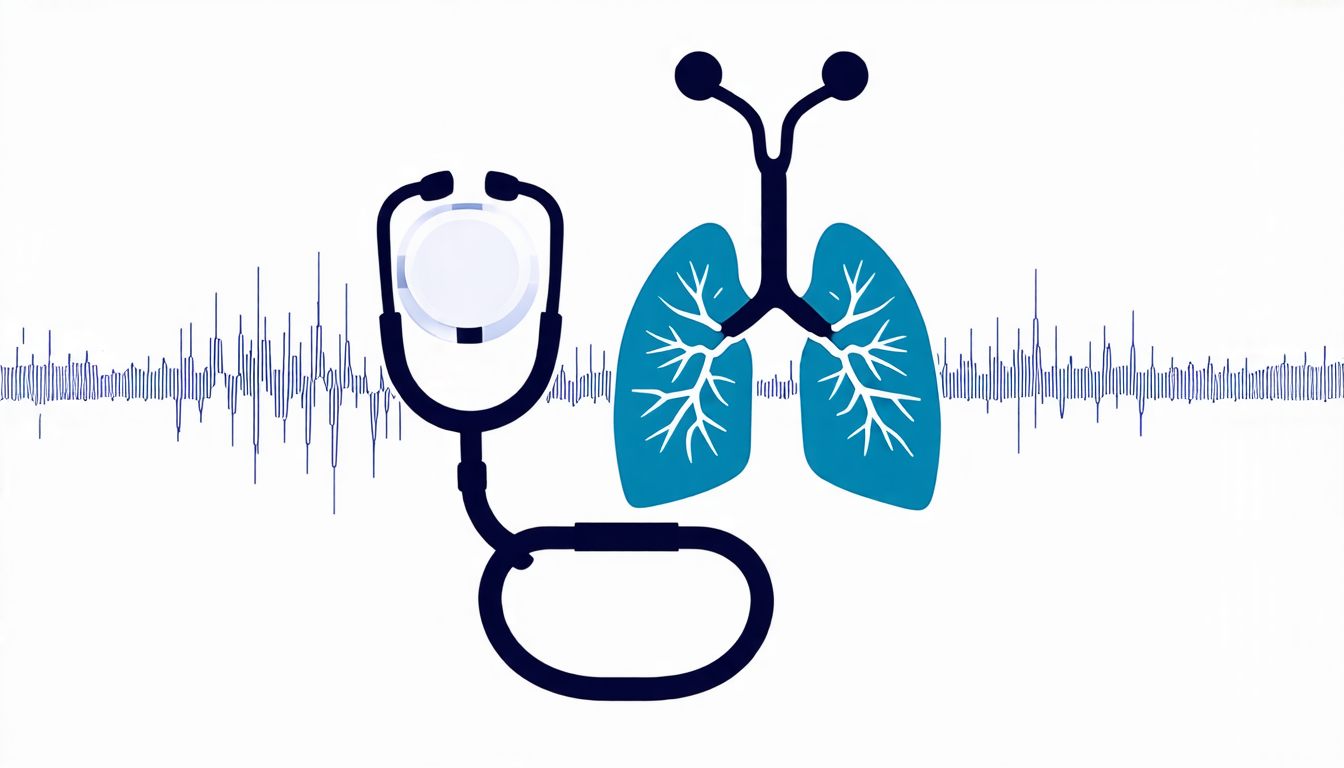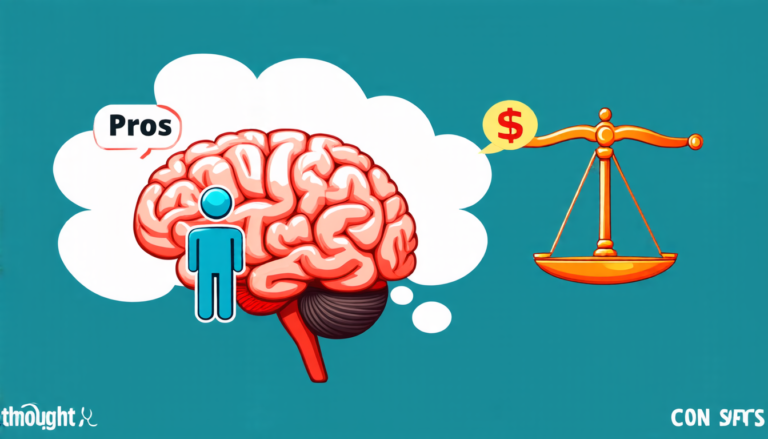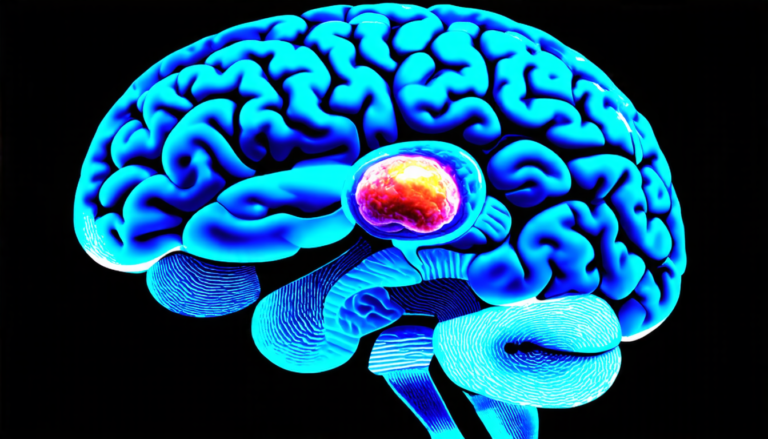Monday 22 September 2025
The humble stethoscope, a staple of medical practice for centuries, has received a much-needed upgrade. Researchers have developed a new framework that uses graph neural networks and anchor intervals to improve the detection of respiratory sound events. This technology could revolutionize the way doctors diagnose respiratory diseases, reducing the need for subjective expert opinion and improving patient outcomes.
The problem with current stethoscope-based diagnosis is that it relies heavily on the skill and experience of healthcare professionals. A doctor’s ability to detect abnormal sounds can vary greatly, leading to inconsistent diagnoses and treatment plans. To address this issue, researchers have turned to artificial intelligence (AI) and machine learning algorithms.
The new framework, called EZhouNet, uses a combination of graph neural networks and anchor intervals to analyze respiratory sound patterns. Graph neural networks are particularly well-suited for analyzing complex relationships between different parts of the lung, such as the way different sounds interact with each other.
Anchor intervals are used to define specific time windows within which abnormal sounds can occur. This allows the algorithm to focus on specific regions of interest and ignore background noise. By combining these two techniques, EZhouNet is able to accurately detect even rare or subtle respiratory sound events.
The framework has been tested on two large datasets, SPRSound 2024 and HF Lung V1, with impressive results. In both cases, EZhouNet outperformed state-of-the-art methods in detecting abnormal respiratory sounds. The algorithm was also able to identify specific patterns of sound that were associated with different diseases, such as chronic obstructive pulmonary disease (COPD).
One of the key benefits of EZhouNet is its ability to handle variable-length audio recordings. This is particularly important for respiratory sounds, which can vary greatly in duration and intensity. Traditional machine learning algorithms often struggle with these types of datasets, but EZhouNet’s graph neural network architecture is well-suited to handling this complexity.
The implications of this technology are significant. With EZhouNet, doctors could use AI-powered stethoscopes to quickly and accurately diagnose respiratory diseases. This would allow for more targeted treatment plans and improve patient outcomes. Additionally, the algorithm could be used to analyze large datasets of respiratory sounds, helping researchers better understand the underlying causes of different diseases.
While there is still much work to be done before EZhouNet becomes a clinical reality, its potential is clear.
Cite this article: “Revolutionizing Respiratory Diagnosis with AI-Powered Stethoscopes”, The Science Archive, 2025.
Stethoscope, Ai, Machine Learning, Graph Neural Networks, Anchor Intervals, Respiratory Sounds, Disease Diagnosis, Chronic Obstructive Pulmonary Disease, Copd, Medical Technology







